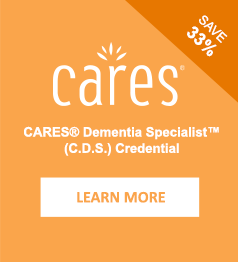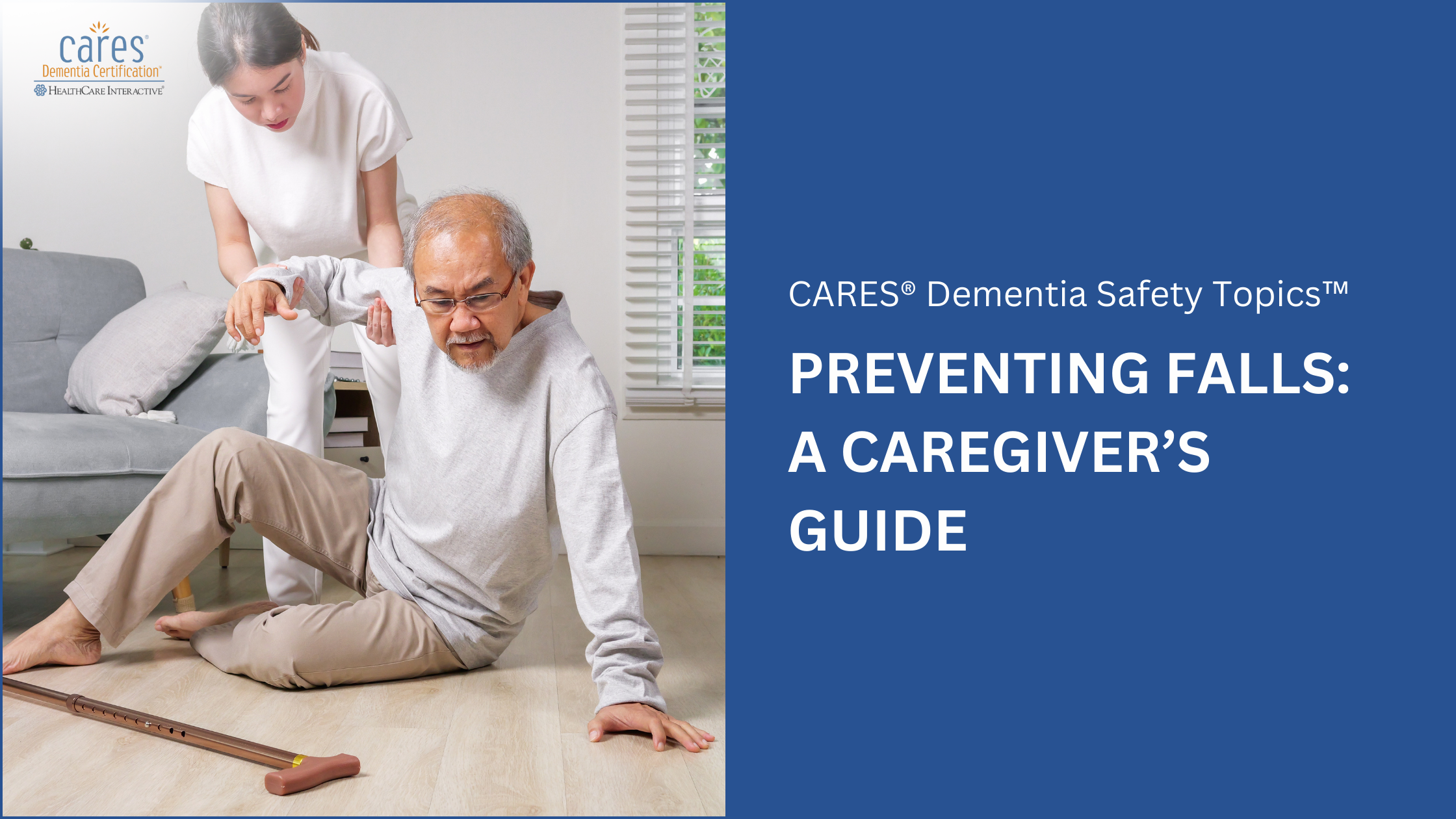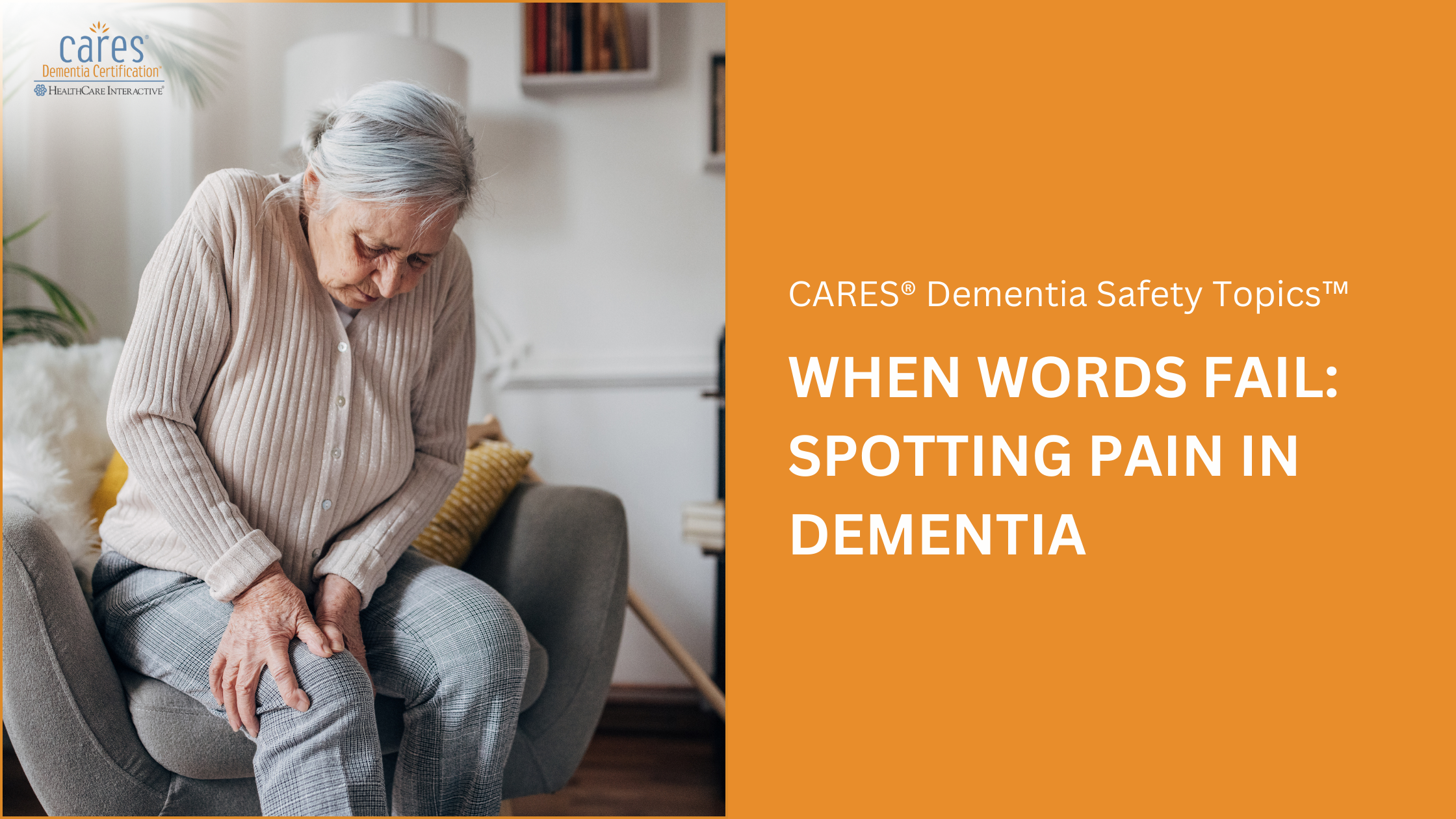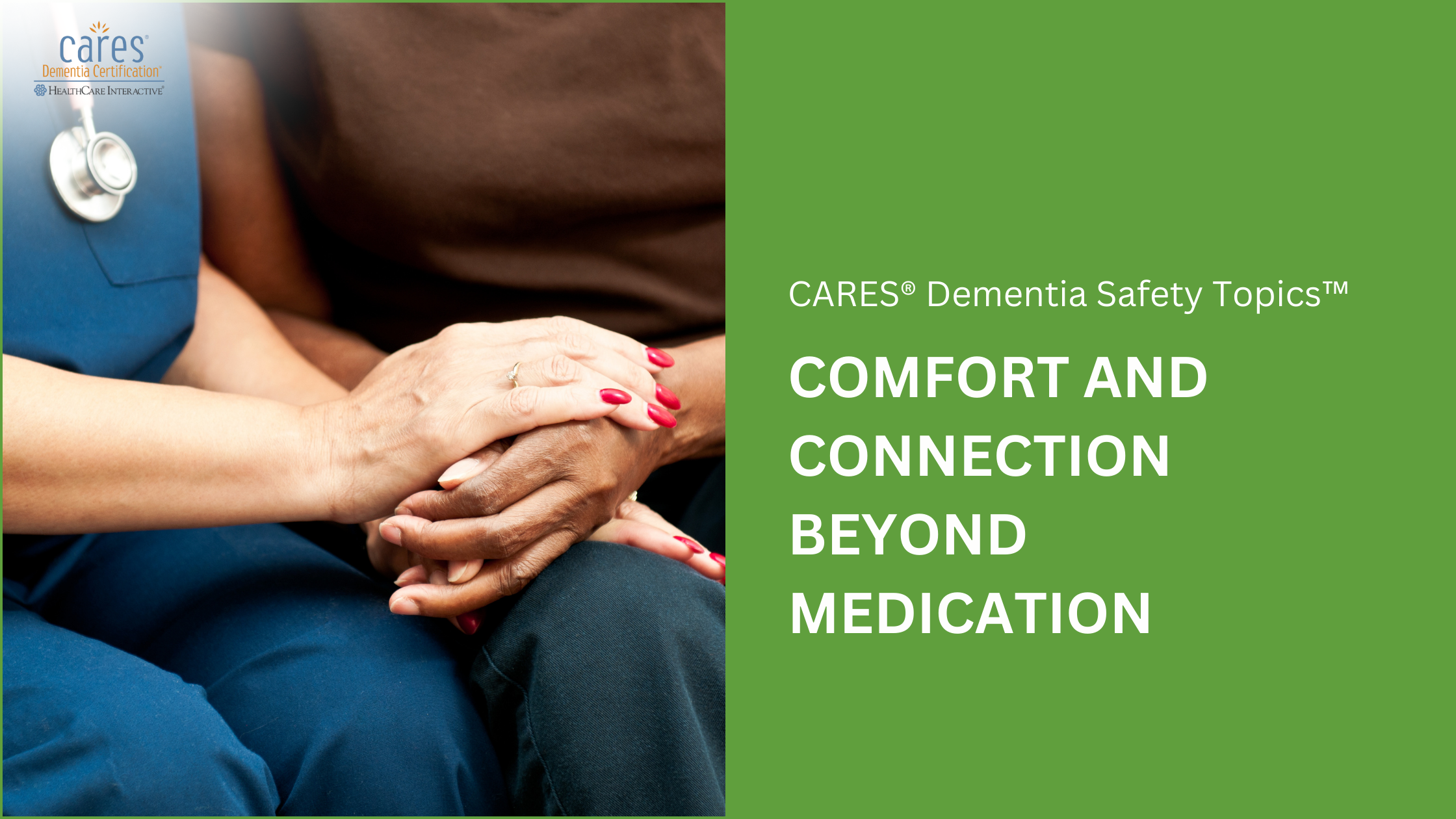Falls are among the most common and serious safety concerns in elder care and assisted living settings. Understanding what qualifies as a fall—and how to prevent them—can make a significant difference in protecting your residents or loved ones.
What Is Considered a Fall?
Falls aren’t always dramatic or obvious. In fact, a fall is defined as any unintentional movement to the ground or a lower surface, such as a chair or bed. While falling from a standing position is the most recognized scenario, there are many less apparent situations that also qualify.
For example:
• Sliding out of a chair unintentionally
• Losing balance and being caught by someone before hitting the ground
Even near-falls—where the person doesn’t actually land on the floor—are still categorized as falls and should be taken seriously.
Why Falls Matter
Not every fall results in injury, but the risks can be significant. Common outcomes include:
• Cuts and skin tears
• Bruising
• Broken bones
• Head injuries or concussions
• A lingering fear of falling, which can reduce mobility and independence
• In severe cases, death
For seniors especially, a single fall can trigger a chain reaction of complications affecting physical health, emotional well-being, and overall quality of life.
Responding to a Fall
When a fall occurs, prompt recognition and appropriate action are key. Caregivers and staff should:
• Assess the situation carefully: Has the person been injured?
• Determine the cause: Was it a slippery floor, poor lighting, or a medical issue?
• Document the incident clearly and report it according to protocol
• Take preventive measures to reduce the risk of repeat incidents
Preventing Falls Before They Happen
While not all falls are avoidable, many can be prevented with proactive safety measures. Technology such as smart visual monitoring and fall detection systems can help staff intervene faster and reduce risks—without requiring extra manpower.
The goal is not only to respond when falls occur but to create a safer environment where the likelihood of falls is minimized from the start.
Preventing falls is a vital part of person-centered care and methods like the CARES® Approach helps caregivers respond with empathy, safety, and respect.
Caring for an older adult with dementia means staying alert to risks and knowing how to address them. Learn to spot early warning signs and respond effectively with the CARES® Approach—plus enjoy 10% OFF any training or certification program with promo code BeautifulAugust at checkout. Offer valid through Aug 31, 2025.



